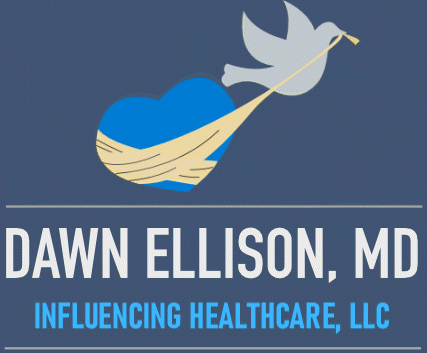How Can You Move the Elephant?
Change is hard.
Habits are automatic and often invisible. New behaviors require new perspectives, attention, and lots of energy.
Old habits have momentum and feel effortless. Self-control is a finite resource, but we can change!
The Heath brothers use a metaphor for change, first introduced by Jonathan Haidt in, “The Happiness Hypothesis”. They write of an Elephant, a Rider and a Path. The elephant, strong, stubborn, willful, and eager for instant gratification is a formidable beast representative of our primitive brain. When properly motivated the elephant will amble down the path with ease and purpose.
The much smaller rider which represents our neocortex is capable of planning, delayed gratification and analysis but can get stuck in “analysis paralysis”. The path represents the changes we can make to our environment that will encourage the elephant to move towards our goals.
How do we get the 3-ton elephant through the single-track mountain bike trail or up the mountain path? In a different blog entry DJ found a pleasant route(path) to work that avoided his favorite, unhealthy breakfast fast food restaurant; and thus made the desired behavior easier. He showed the elephant a different path.
Let’s consider the Elephant. The first step in motivating the elephant is to “find the feeling”. People respond to visual stimuli with emotions or feelings. We respond to good stories in the same way.
Fifty years ago student drivers were encouraged to wear their seatbelts with carefully crafted films of gory crashes.
Seat belt use wasn’t an automatic habit like it is for young drivers today. Images and stories were successfully used to change behavior. The food industry doesn’t use graphs and spreadsheets to entice you to pull off the freeway and grab a juicy burger. They use images to tempt us.
To help patients make healthy changes healthcare providers need to find the stories that will motivate those changes. For DJ the possibility of basketball with his grandson was enough to point his elephant towards a healthy breakfast.
Our emotional brain is easily discouraged and will balk at what seems like too big a challenge.
The second step in directing the elephant is to “shrink the change”; to make it bite-sized and palatable. Breaking a big change into smaller, short-term goals with frequent rewards; helps move the elephant in the right direction. Regular success even small ones are fuel for change.
The elimination of sugar, flour, and fat entirely from a patient’s diet would be a daunting challenge. Instead, a provider might suggest that they swap the sweet between-meal snacks for nuts or a short brisk walk. If a country wants to eliminate wasteful garbage dumps; they might start with incentives for recyclables, in a few years encourage composting of food waste, and then require appliance manufacturers to recycle their products. Small steps make change more acceptable.
Third, rewards for small improvements reinforce the process of change and nurture a “growth” mindset. Organizations implicitly reject “growth mindsets” when they support “getting the wrong people off the bus” before giving them a chance to explain themselves or engage in professional development.
Parents endorse fixed mindset when we tell our children how “smart” or “creative” they are rather than encouraging an optimistic growth mindset that we can exercise our brain to be more creative and smart. Think of the “Yes we can!” campaign of 2008 through which President Obama wisely gave hope to the public in a time of financial destruction when the public wasn’t confident in the resilience of the economy.
When the elephant part of our brain feels that change is achievable and desirable it will move. By “shrinking the change", encouraging a growth mindset and pointing to an attractive path we can motivate our elephants toward the goals we choose.
Want to learn more about your elephant? In the next post, titled The Importance of Avoiding Analysis Paralysis, we discuss, “directing the rider”.
1. Heath, Chip and Dan in Switch, How to Change Things When Change is Hard 2010.
2. Jonathan Haidt. The Happiness Hypothesis: Finding Modern Truth in Ancient Wisdom 2006.
Here are some other articles you may enjoy reading
The Importance of Avoiding Analysis Paralysis
Are you analyzing the problem or fixing it? Learn how to effectively evaluate critical behaviors, find what works, and plan appropriately to achieve your goals.
Three questions to help identify and develop a plan for removing obstacles that stand in the way of necessary change.
Change is difficult, but it can lead to better habits. By identifying our triggers and cues, we can use them to help build good habits.





